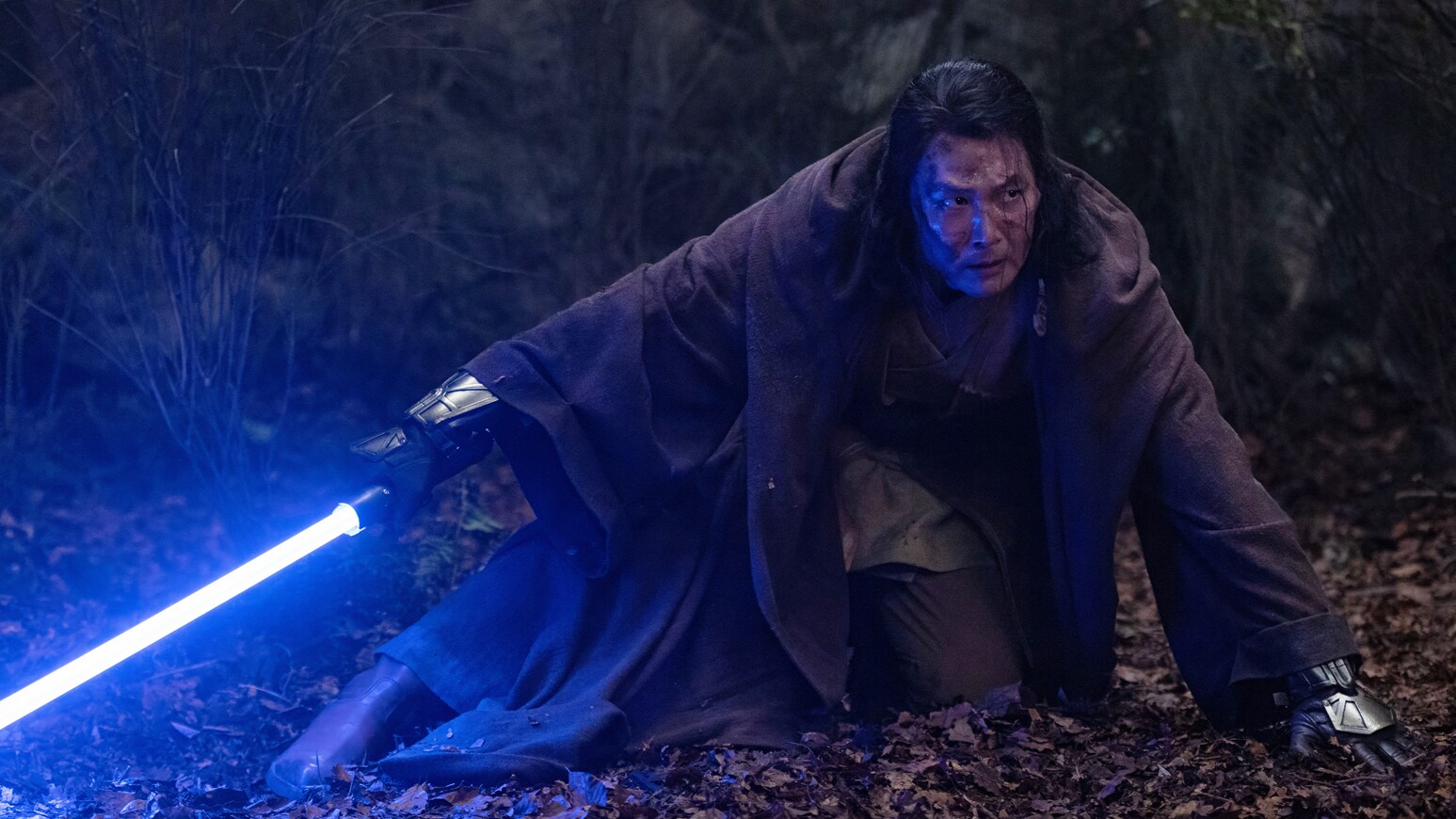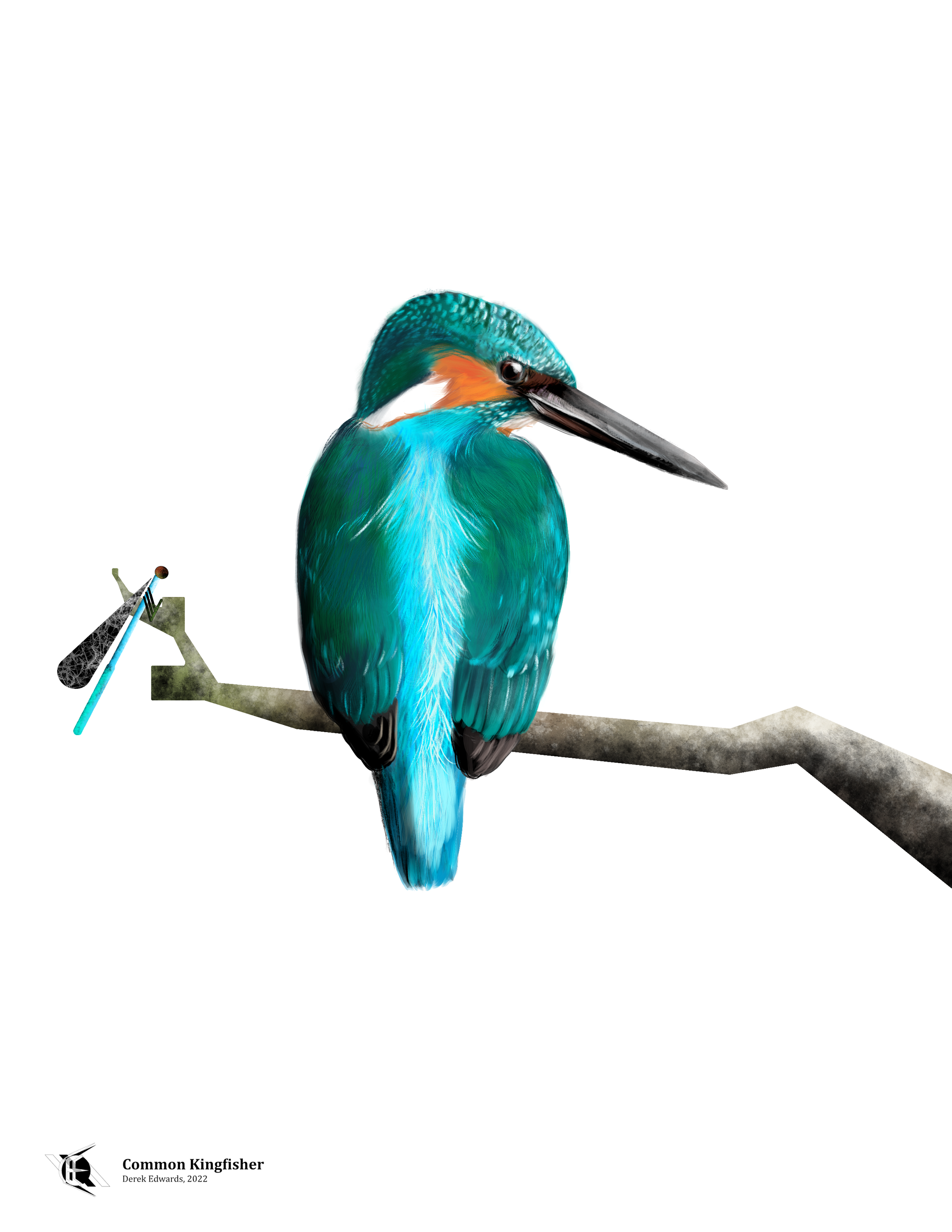
Running Commentary 7/1/2024
Hello,
Happy Canada Day to my Canadian readership. I'd like to celebrate by talking about noted Canadian video game Warframe, but I'm afraid I just got Jade built and I need to play her a bit more to really get my thoughts together on what I think of her. Expect those thoughts next week.
Anyway...
Watching...

The Acolyte
- This episode starts seeming to have flashed forward past the confrontation between Mae’s master and the Jedi, but we’re quickly assured we haven’t missed much. Actually, this episode is almost wall-to-wall lightsaber fights. The fight choreography is different than Nic Gillard’s work for the Prequels, but I’d say it's of the same overall quality. After a few episodes without any real fight scenes, the series’ excellent action work is back.
- Osha joins many other screen characters in getting knocked unconscious but then getting up completely fine a bit later.
- Qimir was indeed the Sith lord. Or is he? He says the Jedi would call him a Sith, and that seems basically consistent with his motives and actions, but I think there’s a real possibility that Qimir is a rogue fallen Jedi adopting the trappings of the old Sith and not actually a member of the Banite order still active in hiding at this time. He might be a real Banite Sith; I’m not ruling that out. But his public persona is simply not prestigious enough to fit the pattern. Obviously, in Canon, we have less information about Banite Sith than we have in Legends, but by this time there the Sith were notable Galactic figures who were Sith in secret but held mundane power besides in the open. This makes sense with the Sith mindset still in Canon, although I suppose it’s possible for a Sith to simply be so dismissive of others that they wouldn’t seek their reverence. We’ll have to see how things play out, but it would be an interesting twist if Qimir is a sort of Sith pretender.
- From Qimir’s dialog with Sol, he seems to know what really happened on Brendok, or at least Mae’s account of what happened. I wonder what he’ll tell Osha about it now that he has her…captured, maybe? As much as Osha can’t trust Mae, she can trust him less. I’m also curious what Sol will tell Mae. I think maybe Sol knows it’s Mae, based on how he asks after “your sister”. I definitely think Bazil knows.
- The bugs attacking Qimir was…well I suppose it was an idea that was set up, at least. I feel like he should have been able to fight them off, and the effect was quite bad. The shot where he gets carried off is the worst in the entire series so far; he doesn’t look like he’s being picked up; he looks like he’s being green-screened off into the sky.
- There’s three episodes left. We’ve had one mystery pay off: the most minor one, the identity of Mae’s master, which a lot of people had already guessed. We can expect some of the bigger questions to be answered soon.

Bird of the Week
This bird was originally featured in the 2/7/2022 edition of A Running Commentary, and is being re-featured as part of 2024 summer re-runs of "Bird of the Week". The following write-up is re-written from the original for greater detail and better citation.
I draw these birds digitally, right? And while I feature them here on my site I also will print out copies, and, for the most part, my printer can match my screen pretty well. It struggles, though, as all printers will, with cyan. So it had a lot of trouble with today's bird, the Common Kingfisher.
The common kingfisher is a sparrow-sized diving bird renowned for its fish-catching ability and for its iridescent turquoise plumage. That turquoise color, rare in birds, is a “structural color”,1 dependent on the form of the bird’s feathers to refract light. The structure of barbules in the bird's blue feathers, like those found in certain ducks and pigeons, scatter light at different angles depending on the light's angle of incidence; they look one way in highly directional light, another in omnidirectional light. Thus, depending on the conditions, kingfishers sometimes appear greener, and sometimes bluer.2 The fronts of these birds are a golden orange color. Males have darker bills than females.
The common kingfisher is the namesake of a family of birds; there are 117 species of kingfisher in the world, but the common kingfisher is the only one that breeds in Europe. Not all kingfishers actually eat fish, but this species and most others do. Kingfishers are wholly dependent on eyesight to catch their prey, which, being underwater, can't easily be heard or smelled out. Their eyes, therefore, are something interesting. Bird's eyes, generally, differ from people's and those of other mammals in that the light-sensing cells within each bear a droplet of pigmented oil which seem to clean up the light entering their eyes, reducing glare and enhancing color. In aquatic kingfishers, these oil droplets disproportionately incorporate red pigment, which is thought to seriously cut down on glare reflected off the surface of the water, allowing the kingfisher to look through the water from the air more easily than other creatures.3 The kingfisher also has two different focal points on its retinas: one set producing sharp monocular vision, which it uses to spot fish from the air, and another producing motion-sensitive binocular vision, which it uses to aim while diving.3
“Kingfisher” derives from “king’s fisher”, an older name for these birds,4 though the reasons for calling them that and of which king they were supposedly the fishers, I'm not sure. Other languages give them other names: Romance languages’ names generally translate to “fisherman martin”, as does the Basque name; a martin is any of several large swallows, especially the house martin, which has similar blue-green feathers. Germanic languages tend to call them something meaning “ice bird”; this I believe to be a reference to their glittery blue plumage. In Greece, they are called “alcyone”, named after a mythical queen who, along with her husband Ceyx, were changed into common kingfishers; Alcyone's father, the god of wind, would calm the seas at the start of winter so the kingfishers could nest in a floating structure of bones and shells. This story is not at all an accurate depiction of kingfisher's nesting habits – they nest in holes in sandy riverbanks, and in the springtime like other birds – but it is the source of the term "halcyon days", describing an often-bygone era of calm.3 Halcyon and Ceyx are both the names of a genus of kingfisher, though the common kingfisher belongs to neither. Linnaeus gave the common kingfisher the binomial name still used today: Alcedo atthis, using the Latin form of Alcyone for the genus name and drawing from another myth for the species name. Ovid records Atthis (or Athis) to have been the handsome son of Limnae, a nymph of the Ganges river in India, who was slain by Perseus to win the affections of the princess Andromeda. Presumably the kingfisher's beauty and association with rivers called Atthis to Linnaeus' mind.5,6
- Sun, Jiyu, Bharat Bhushan, and Jin Tong. “Structural Coloration in Nature.” RSC Advances 3, no. 35 (January 1, 2013): 14862. https://doi.org/10.1039/c3ra41096j.
- Stavenga, Doekele G., Jan Tinbergen, Hein L. Leertouwer, and Bodo D. Wilts. “Kingfisher Feathers – Colouration by Pigments, Spongy Nanostructures and Thin Films.” Journal of Experimental Biology 214, no. 23 (December 1, 2011): 3960–67. https://doi.org/10.1242/jeb.062620.
- Schwab, I R. “Halcyon Days.” British Journal of Ophthalmology 88, no. 5 (May 1, 2004): 613. https://doi.org/10.1136/bjo.2004.045492.
- “Kingfisher.” In Dictionary.com, June 30, 2024. https://www.dictionary.com/browse/kingfisher.
- Jobling, J. A. (editor). The Key to Scientific Names in Birds of the World (S. M. Billerman et al. editors), Cornell Laboratory of Ornithology, Ithaca.
- Ovid, trans. A.S. Cline. The Metamorphoses 5:30-73 https://www.poetryintranslation.com/PITBR/Latin/Metamorph5.php.
Curation Links
The Calorie Countess | Michelle Stacey, Smithsonian Magazine
Lulu Hunt Peters was a doctor in the early 20th century, one of very few women to be physicians at that time. She is notable as not only one of America’s first female doctors but as one of the first people to apply the notion of the dietary calorie, initially developed to scientifically combat malnutrition, toward efforts to lose weight rather than to gain it. Her calorie counting methods have formed the basis of dieting, but could it be that this hundred-year-old science doesn’t actually give the whole picture?
The Feather Heist | Sean Cole & Kirk Johnson, This American Life
[AUDIO] An account of the crime of Edwin Rist, a flautist who broke into a museum and made off with the avian specimens gathered by a significant naturalist to strip them of feathers (now illegal to collect from most of the birds) to make authentic, albeit not particularly effective, Victorian-style salmon-flies, in order to support his purchase of an expensive flute. Kirk Johnson, who wrote a book about Rist and his feather heist, recounts the story for this podcast. (1 hour)
Tunneling for Daylight | Paula Whyman, The American Scholar
An artist living in rural Virginia has an encounter with a carpenter bee.
Eight Episodes | Robert Reed, Lightspeed Magazine
[FICTION] “With minimal fanfare and next to no audience, Invasion of a Small World debuted in the summer of 2016, and after a brief and disappointing run, the series was deservedly shelved.”
See the full archive of curations on Notion






Member Commentary